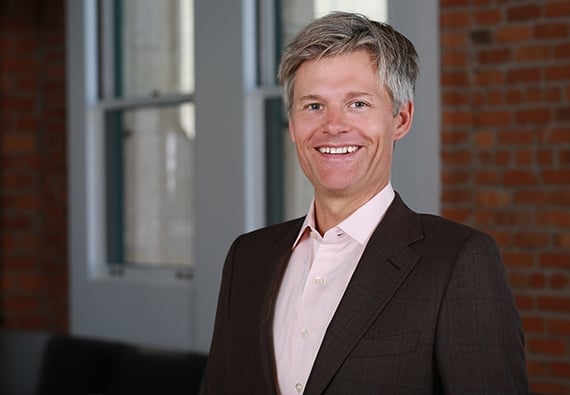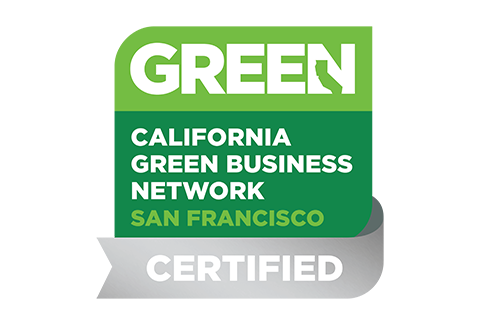Navigating the Autonomous-Vehicle Liability Waters
While experts debate how quickly autonomous vehicles (AVs) will take over our roads, there is little doubt they will be a fixture in the next decade. Fully self-driving vehicles are predicted to substantially reduce the accident rate, given the dominant role of human error in most crashes today.
But there still will be accidents. And where there are accidents, there are plaintiffs’ lawyers. But who will these lawyers sue, and how will the defendants insure their liabilities?
The removal of human culpability in AV accidents necessarily will mean fault for those accidents that do happen shifts to auto manufacturers. As one commentator succinctly stated, “(M)anufacturers are likely to have a bigger slice of what is likely to be a smaller pie” of crash liability. Auto manufacturers such as Volvo and Mercedes already have agreed to accept liability to varying degrees if their AVs cause accidents.
But the buck will not stop with the auto manufacturer. A complex network of mechanical and electronic systems already makes vehicles complicated, and AVs will be even more complex. All their computer-based and electronic components and systems, from sensors and lidar technology to software designed to empower split-second decision making, ultimately will play roles in AV crashes.
While all these parts and systems will make it hard to determine the cause of an AV crash, AVs will have telematic tools that produce, record and transmit in real time an unprecedented amount of data that will help reconstruct why any particular crash occurred.
Designers and suppliers of those parts and systems should proactively and deliberately consider their liability exposure. In some cases, certain traditional component parts suppliers probably can rely to a large degree on their existing product-liability insurance. But they should be talking with their insurance broker about what changes or enhancements to their existing programs are necessary to protect them from AV crash liability.
The insurance programs of designers and suppliers of innovative and nontraditional car parts or systems, including software, will require special attention. For example, this may be a software developer’s first foray into auto design and manufacturing. That developer likely has some form of technology errors and omissions liability (E&O) insurance to cover claims arising out of its negligent design or implementation of a software product. But that E&O policy likely is not designed to cover the types of damages normally associated with car accidents – property damage and bodily injury.
The software developer also may have commercial general liability (CGL) that covers property damage and bodily injury liability, but the CGL policy might broadly exclude liabilities arising out of car accidents. Without carefully matching its insurance coverage to its likely liability exposure in light of the integral role its product is playing in AVs, the software developer could find itself with massive uninsured liability exposure.
On top of that, AV cybersecurity risks are sure to be big. Not only will AVs be targets for hackers to commandeer or shutdown, AVs also will record large amounts of their owners’ and passengers’ personal information and other location information. Societal privacy expectations and standards certainly will adapt to these new developments, but what the law and AV owners and passengers will view as acceptable is sure to change in unexpected ways.
One need not look further than the recent Cambridge Analytica scandal and the fury directed toward Facebook to realize new technologies and their unexpected applications can quickly put companies in the middle of a debate about how an individual’s information should and should not be collected and used. Just like Facebook and other internet companies today, AV manufacturers and suppliers will be confronted by the temptation to monetize the incredible profusion of user data they will have access to.
Cyber-insurance policies are adapting to these risks, but not quickly enough in some instances. And many of the risks are unknown. Accenture recently estimated insurers will collect $12 billion in cyber-liability insurance premiums for AVs in 2025, five times the amount for product liability. Companies will need to pay very close to attention to developments in both the law and the insurance industry relating to cybersecurity and privacy risks, and carefully negotiate their cyber-insurance policies each year in light of those developments.
AVs stand to bring about many positive changes to our society. Players in AV development, manufacturing and operations must plan for the reality that the law governing, and the insurance protecting, them will be changing too.


